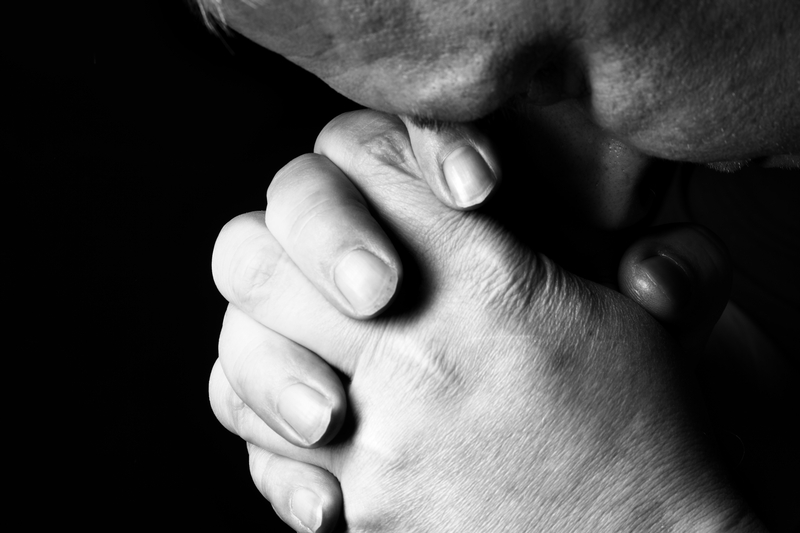
The Gender Gap That Nobody Is Talking About
In 2013, 32,055 men committed suicide — 2.5 percent of all male deaths. In other words, more than one out of 50 male deaths is the result of suicide. To put the numbers into perspective, men more commonly die at their own hands than of kidney disease, pneumonia and Alzheimer’s. And for divorced men, the statistics are even more bleak.
Men are four times more likely than women to die from suicide, and after divorce, that likelihood doubles making men more than eight times as likely to take their own lives than women when correcting for age.
The suicide rate between genders is so drastically different that psychiatrists termed it “the suicide gender gap.”
The phrase “gender gap” usually refers to the much-publicized gender wage gap, while the other (and potentially larger) gender gap remains relatively ignored.
Some explain the suicide gender gap by arguing that men don’t form as strong of emotional bonds with friends, are less likely to seek help and use deadlier methods of suicide, which puts them more at risk of dying from suicide than women.
Others acknowledge social pressures and gender stereotypes as key factors, and this is especially true after divorce.
When their marriages ends, men sometimes feel that they have failed to fulfill the masculine role of a husband and a father that society expects of them, which leaves them feeling worthless.
Family courts oftentimes amplify these feelings by taking away men’s children and assets — everything they’ve worked for. This can trigger depression, anxiety and suicidal thoughts.
Though some scientists have conducted research and a few articles have been written about the gender suicide gap, media coverage remains slim.
The gender suicide gap is just as detrimental to society— if not more — than the wage gap, but where is the media attention for the tragedy of male suicide?
Could it be the stigma attached to mental health issues? Or is it because a problem that predominately victimizes women as opposed to men conforms to the stereotypic notion that women are victims and men victimizers?
It is most likely a combination of both. People tend to view suicidal thoughts as something people have control over (though this belief is gradually changing), unlike the wage gap. For men, this is even more true because society expects men to just “suck it up” or “get over it” when they feel depressed.
Imagine if the roles were reversed and women were more than eight times more likely than men to commit suicide after divorce. There would be outrage against the unjust court system. Society (especially men) would be blamed for the suicide gap.
Feminists argue that all of society, both women and men, have a responsibility to eliminate the wage gap. What if people viewed the suicide gap the same way?
Addressing the issue of suicide as a single problem for both men and women isn’t working. To reduce the male suicide rate, we must acknowledge that men face some unique problems, whether internal or external, that lead them to commit suicide much more often than women.
We also must admit that divorce puts men in a particularly precarious position and that the family law courts are not helping the situation.
As a woman, I believe that we owe it to the men (and women) in our lives to help them overcome suicidal thoughts, which may be the most critical, and certainly most detrimental, issue they face in their lives.
Since suicide is so common for men, we must be especially aware of the issues that men face, specifically after divorce.

The media rely on press releases for reporting of ‘social issues’ (and almost everything else these days). There are no government funded interest groups or ‘NGOs’ to write press releases for men’s issued.